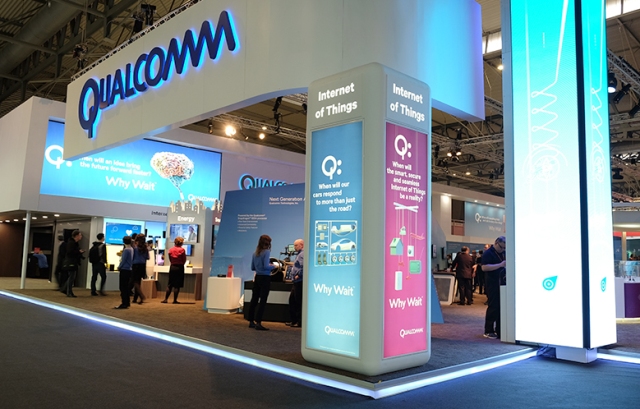
US-based semiconductor company Qualcomm has started sampling Qualcomm Snapdragon X24 LTE modem and devices makers are expected to launch their new devices by the end of 2018.
The world’s first Category 20 LTE modem — a 7 nanometer FinFET process — supports up to 2 Gbps download speeds.
ALSO READ: Latest news from Mobile World Congress 2018
Qualcomm’s third generation Gigabit LTE solution will be featured in a live demonstration at the Mobile World Congress (MWC) in Barcelona in conjunction with Ericsson, Telstra and NETGEAR.
“Snapdragon X24 LTE modem sets a major mobile industry milestone, designed to provide enhanced mobile broadband and deliver an extremely important gigabit coverage layer for commercial 5G networks and mobile devices that are expected to start launching in 2019,” said Serge Willenegger, senior vice president and general manager, 4G/5G and Industrial IOT, Qualcomm Wireless.
The Snapdragon X24 LTE modem delivers 2x the speed of the company’s first generation Gigabit LTE modem.
The Snapdragon X24 supports up to 7x carrier aggregation in the downlink, as well as 4×4 MIMO on up to five aggregated LTE carriers for up to 20 concurrent spatial LTE streams. It supports Full Dimension Multi-Input Multi-Output (FD-MIMO), a Massive MIMO technology that is foundational to 5G NR networks.
In the uplink, Snapdragon X24 supports Category 20 upload speeds, 3×20 MHz CA and up to 256-QAM.
It supports 60 MHz envelope tracking for up to 3x uplink carrier aggregation channels with simultaneous High Power User Equipment (HPUE) support in Band 41, to deliver power-efficient connectivity for mobile devices.
Snapdragon X24 modem supports the concurrent multi-constellation multi-frequency global navigation satellite system (GNSS) optimized to provide highly accurate location positioning required in different applications and services.
Original equipment manufacturers (OEMs) can offer better mobile experiences such as 360-degree video, connected cloud computing, more entertainment and instant apps.
Mobile operators can gain flexibility in using their spectrum to offer better Internet speeds to consumers, while also improving their network capacity and maximizing spectral efficiency.
Channa Seneviratne, executive director network and infrastructure engineering, Telstra, said: “We were the first network operator in the world to enable 1 Gbps LTE on a commercial mobile network.”





